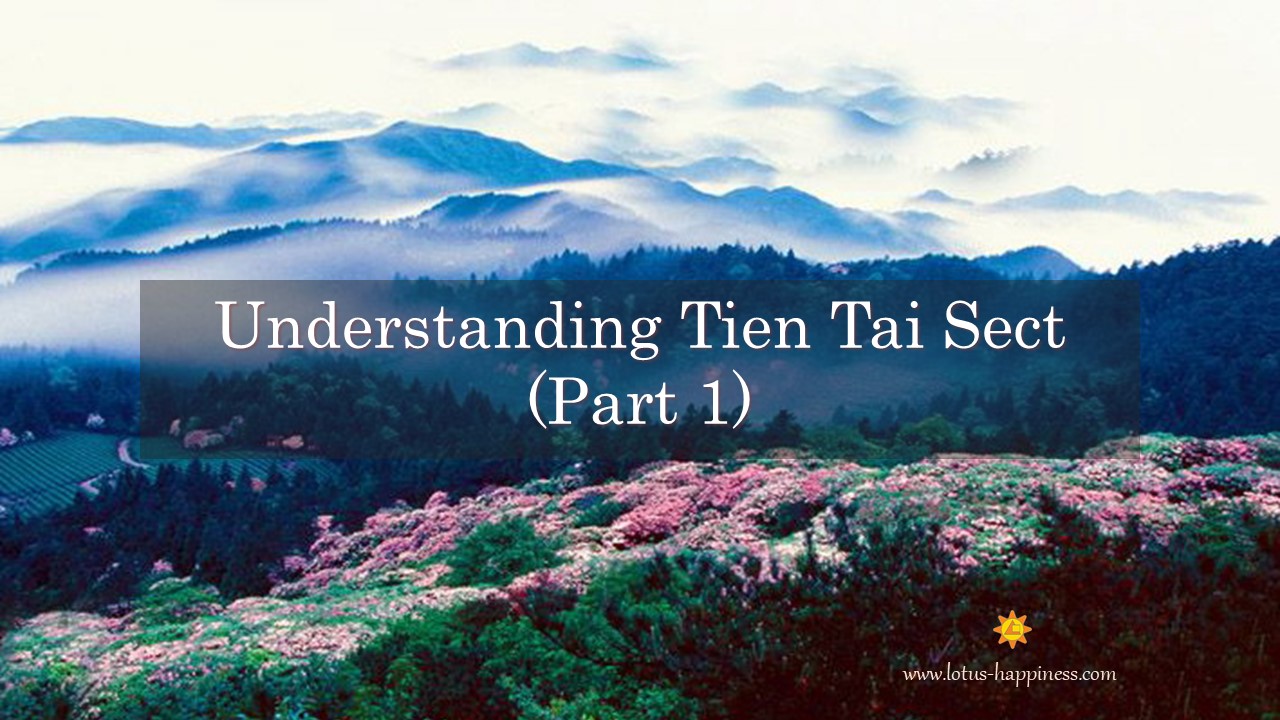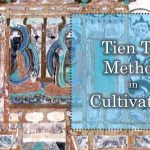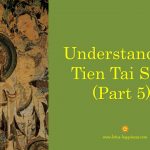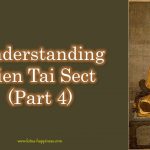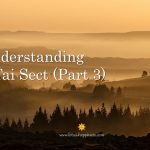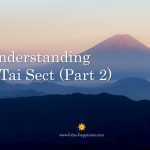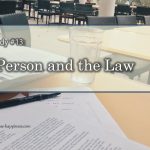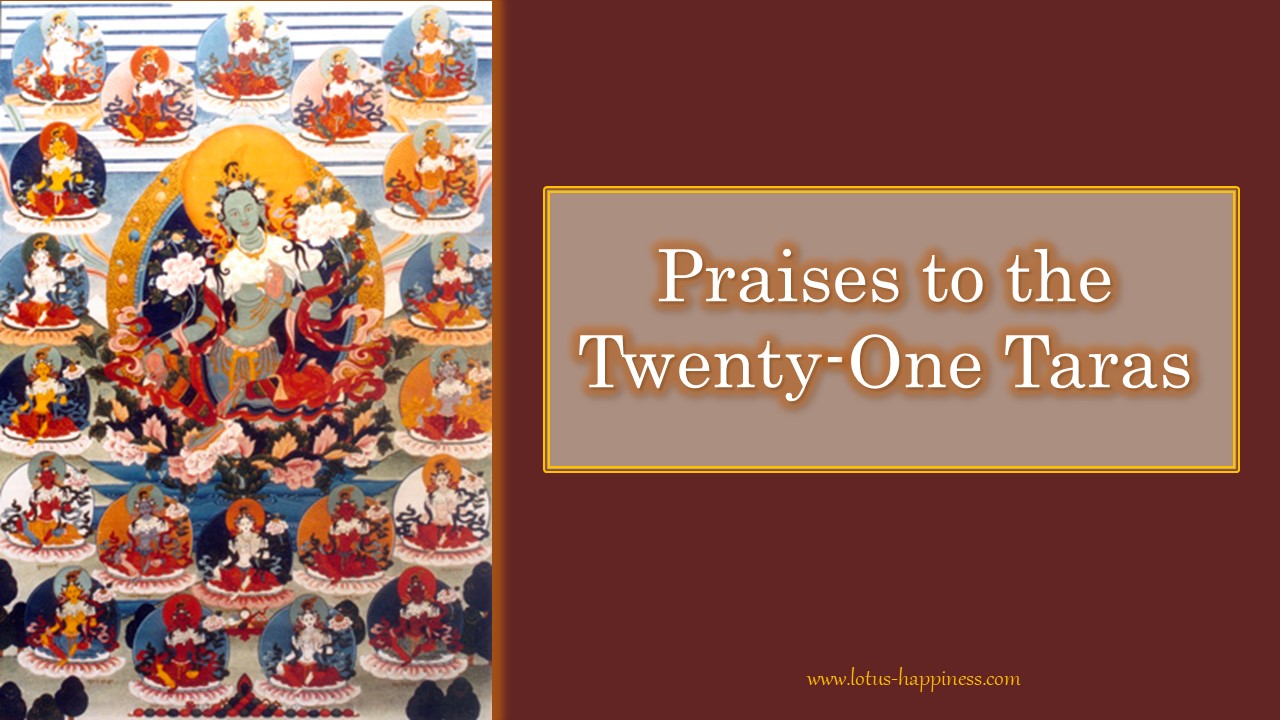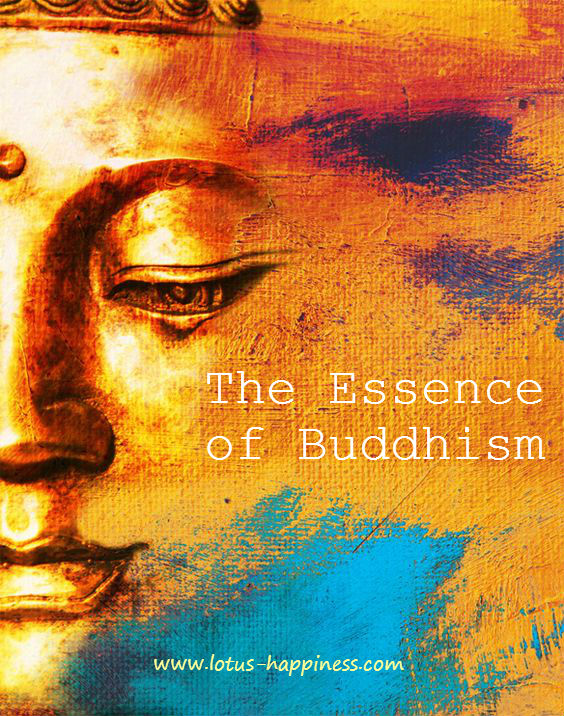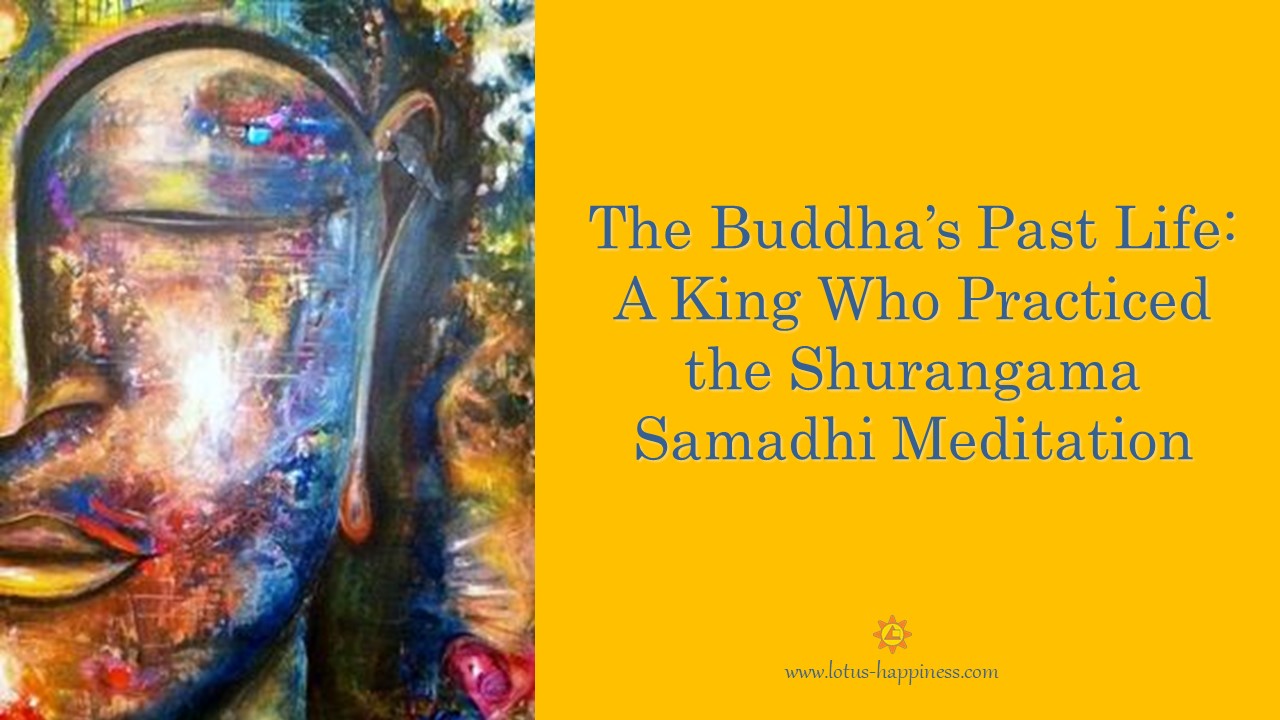Understanding Tien Tai Sect (Part 1)
Tien-tai is actually the name of a mountain in Chekiang Province in China. As one of the most prominent patriarchs, Chih-i [智顗] lived and taught his followers in Mount Tien-tai during the Ch’en and Sui Dynasties, the sect is named after the mountain.
The other name of this sect is Lotus or White Lotus. It is because of its veneration of the principal text of the sect, the Lotus Sutra, i.e. Saddharma-pundarika Sutra in Sanskrit. This sect is also called ‘Fa-hua’ [法華], the abbreviated name of the Sutra ‘Miao Fa Lin Hua Chin’ [妙法蓮華經] in Chinese.
In Japan, it is called the Tendai School or Hokke School.
Development
Tien-tai sect, like another Chinese Buddhist sect Hua-yen sect [華嚴宗], is classified as the scholaristic school, originated and developed in China. It was established and developed with comprehensive systemizations and embracement of all Buddhist doctrines and practices then known.
It is traced that the study of the Lotus Sutra in China was commenced as early as 300 AD, and its translation by Kumarajiva was completed in 406 AD. The original translated text had seven volumes of 27 chapters. However, Fa-hsien [法順] found the chapter on Devadatta in Khotan. When he returned to China, he translated and added to the earlier text. Thus, there are 28 chapters in the present Sutra.
At that period, whether an Icchantika was destined to be unable to evolve to the Buddha stage was a fascinating subject for argument. Tao-sheng [道生], with his insight in studying the Lotus Sutra, set forth that the Icchantika could attain Buddhahood. Soon after the translation of the Mahaparinirvana Sutra, Tao-sheng’s theory was verified. When the Tien-tai sect appeared, Nirvana sect was absorbed into it.
The Patriarchs
The founder of the Tien-tai sect is Hui-wen [慧文] (550-577). Enlightened by the Madhyamika Shastra and the Mahaprajnaparamita Shastra, he expounded the fundamental teaching of the Three Truths [三諦] of the Tien-tai sect.
The second patriarch is Hui-ssu [慧思] (514-577). He was the student and the follower of Hui-wen. When he became ill, he realized that illness originates from the action, which, in turn, originates from the mind, and has no objective reality. He thus acquired enlightenment.
The third patriarch is Chih-i [智顗] (531-597). He received special instruction in the meditation of the Lotus from Hui-ssu. At the age of 38, he went to Mount Tien-tai with his followers, and learned all branches of Buddhism from Ting-kuang. He built the great monastery called Kuo-ching and lived in nine years. When he read the Medicine King Bodhisattva Chapter in Lotus Sutra, and came to a passage, “This is true vigor. This is a true offering of Dharma“, he entered Dharma Flower Samadhi and attended the Dharma assembly in Vulture Peak, where the Lotus Sutra was spoken by the Buddha at present. He then obtained the Once-revolving Dharani [第一旋陀羅尼]. He was honored the title of ‘Chih-che’ [智者] by the Emperor Yang in Sui Dynasty. ‘Chih-che’ means a man of great wisdom. The people generally called him ‘the great master of Tien-tai’. He systematized the doctrines of the sect and brought them to their final completion. Thus, he is sometimes honored as the first patriarch of the sect, though he was actually the third in the lineage of the Tien-tai doctrine.
The next patriarch was Chih-i’s pupil Kuan-ting [灌頂] (561-632). He compiled the three great works of Chih-I, namely, (1) The Profound Meaning of the Lotus Sutra, (2) Textual Commentary on the Lotus Sutra, and (3) Great Concentration and Insight.
Other patriarchs from 6th to 10th are Fa-hua [法化], Tien-kung [天宮], Tso-chi [左溪], Chan-jan [湛然], Tao-sui [道邃] respectively.
Principal Text
The Lotus Sutra is the principal text of Tien-tai sect.
The Sutra is called ‘exposing the Expedient and revealing the Real’ [開權顯實], ‘setting aside the Expedient and setting up the Real’ [廢權立實], and ‘encompassing the Three and returning to the One [Vehicle]’ [會三歸一]. The word ‘Expedient’ refers to all the teachings before the Lotus Sutra, which include Hinayana and Mahayana. These teachings seem to be separate from each other, and sometimes even contradictory to each other. During the assembly where the Buddha taught the Lotus Sutra, the Buddha perfected the Wonderful Dharma of the One Vehicle, which encompassed all previous teachings.
The doctrine in the Lotus Sutra is always described as ‘Wonderful’, because it is complete and perfect in itself, and is pure and untainted. It is the foremost, rare and inconceivable Dharma accomplished by the Buddha.
The Lotus Sutra was translated by Kumarajiva. However, the chapter on Devadatta was translated and added by Fa-hsien in 475 AD. There are 28 chapters altogether.
Another major sutra in Tien-tai sect is the Mahaparinirvana Sutra [涅槃經], Mahaprajna Sutra [大品般若經] and Shastra on the Great Wisdom [大智度論].

